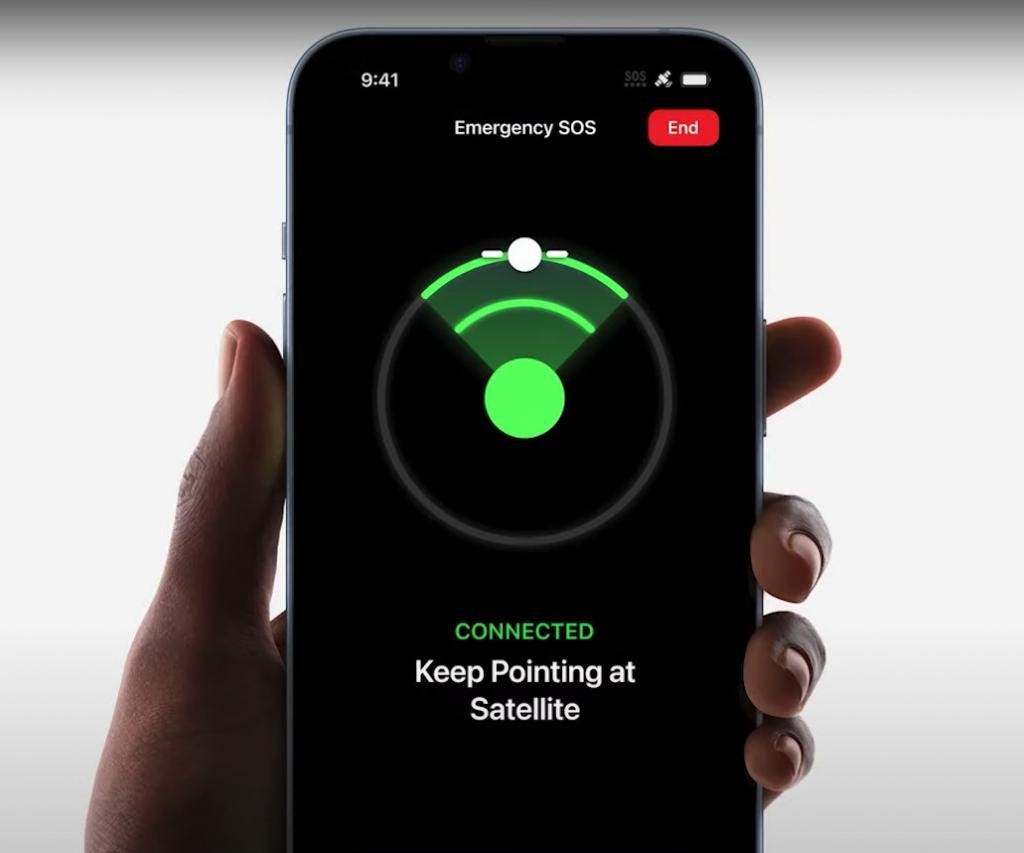The article mentions providing "refueling, data relay and other logistics services for payloads".It is most like Photon from Rocketlab. It's just a big kick stage that can be refueled. I think.
I think the plan is to create it as an logistics vehicle with propulsion. It can be left on orbit so that you don't have to keep lofting the mass of one of these things for each mission. Instead, you loft some fuel and the satellite, rendezvous with the vehicle, refuel it, transfer the satellite, and off it goes on another trip. Once at the destination, it drops off the satellite. From there, it probably just waits until it has another job. That might be to fly to another orbit and refuel a satellite, or grab a satellite and take it down to LEO for disposal or return. It should be fun once satellites are designed for this sort of thing.

And another article by Matija Milenovic, Co-Founder & CEO of porkchop, "a Stockholm-based startup with the goal of establishing an interplanetary economy".

What are Orbital Transfer Vehicles (Space Tugs)?
Matija Milenovic, Co-Founder & CEO of porkchop
 porkchop-space.medium.com
porkchop-space.medium.com


